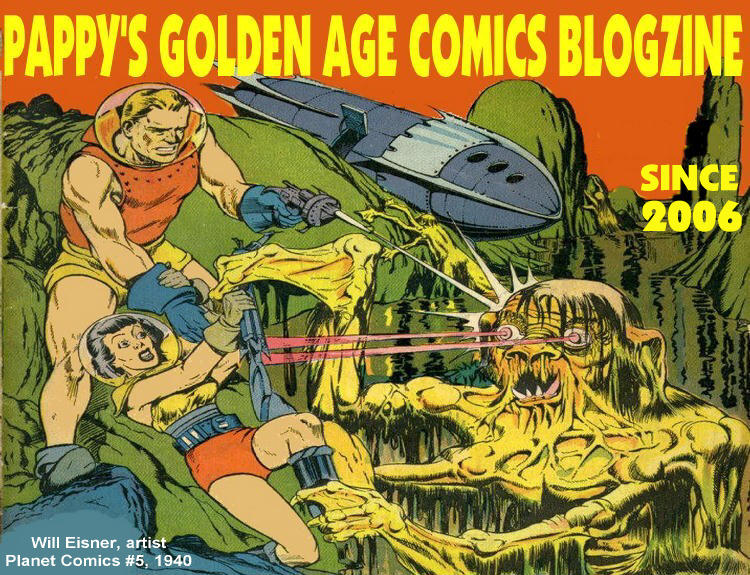
Number 763
"I Wake Up Screaming!"
Billy Graham, the comic book artist and not the evangelist, worked in comics in the late '60s and '70s. He did such characters as Luke Cage, Hero For Hire (mostly inking George Tuska, but doing occasional solo jobs) and the Jack Kirby-created Black Panther. When his work first started appearing some fans saw a resemblance to Graham Ingels' art. So the rumor, that Billy Graham was really Graham Ingels returned to comics, was born.
The girl in panel 3 of page 4 might have been what fooled people. It looks a lot like an Ingels drawing. Despite that the rumor was short-lived. Billy Graham, who was African-American, was a talented artist in his own right.
Graham, who became an art director for Jim Warren, did stories in the first dozen issues of Vampirella. "I Wake Up Screaming!" from Vampi #3, 1970, written and illustrated by Graham, is sort of time capsule of American stars of the era. See how many you can pick out. Graham did a good job rendering likenesses.
According to various sources on the Internet, Graham was born in 1935 and died circa 1990.








Graham, who became an art director for Jim Warren, did stories in the first dozen issues of Vampirella. "I Wake Up Screaming!" from Vampi #3, 1970, written and illustrated by Graham, is sort of time capsule of American stars of the era. See how many you can pick out. Graham did a good job rendering likenesses.
According to various sources on the Internet, Graham was born in 1935 and died circa 1990.
























































